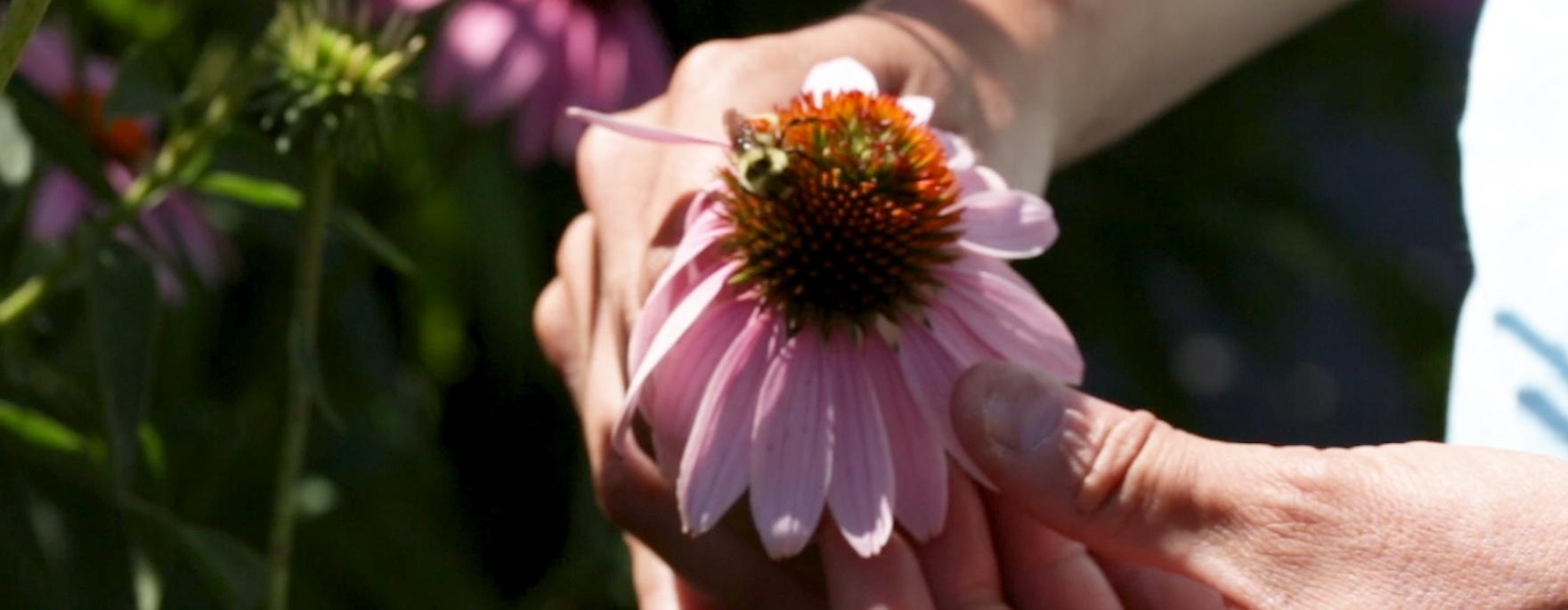How To Protect Bees
There are steps that everyone, especially gardeners, can take to help protect and provide for the bees in your backyard. In order to help bees, the Utah Department of Agriculture and Food says to consider stressors that bees face, often called the “Four P’s”: parasites, pathogens, poor nutrition, and pesticides. Parasites and pathogens are two areas of concern where the average homeowner can do very little. However, there is much that can be done concerning poor nutrition and pesticides. We’ll talk more about the last two P’s...
Poor Nutrition
Planting flowers, fruits, and vegetables will provide the pollen and nectar that bees exclusively feed on. Bees depend on flowers for almost the entirety of their nutrition. They are interested in flowers for their pollen, which provides protein, and nectar for its carbohydrates. Planting native flowering plants is a great way to provide better nutrition for bees. Russian Sage isn’t native, but it’s a great plant for attracting bees, and it does pretty well in our climate.
Pesticides
Be sure to always use pesticides responsibly! This is the biggest way that homeowners can help bees because they are easily killed by pesticides when they are applied improperly. Be careful to fully read the label of pesticides before using them!
We have two tips for pesticide application that are very important:
- Always avoid applying pesticides to blooming flowers.
- Wait until evening to apply pesticides.
Bees return to the hive/nest in the evening, so they are less likely to land on flowers and plants that have recently had pesticides applied to them. This also gives your plants the entire evening to absorb the pesticide and for the residual toxicity of the pesticide to go down. Lastly, applying pesticides at night also prevents heat evaporation and pesticide drift, which can be a big problem for any home garden!





.png)